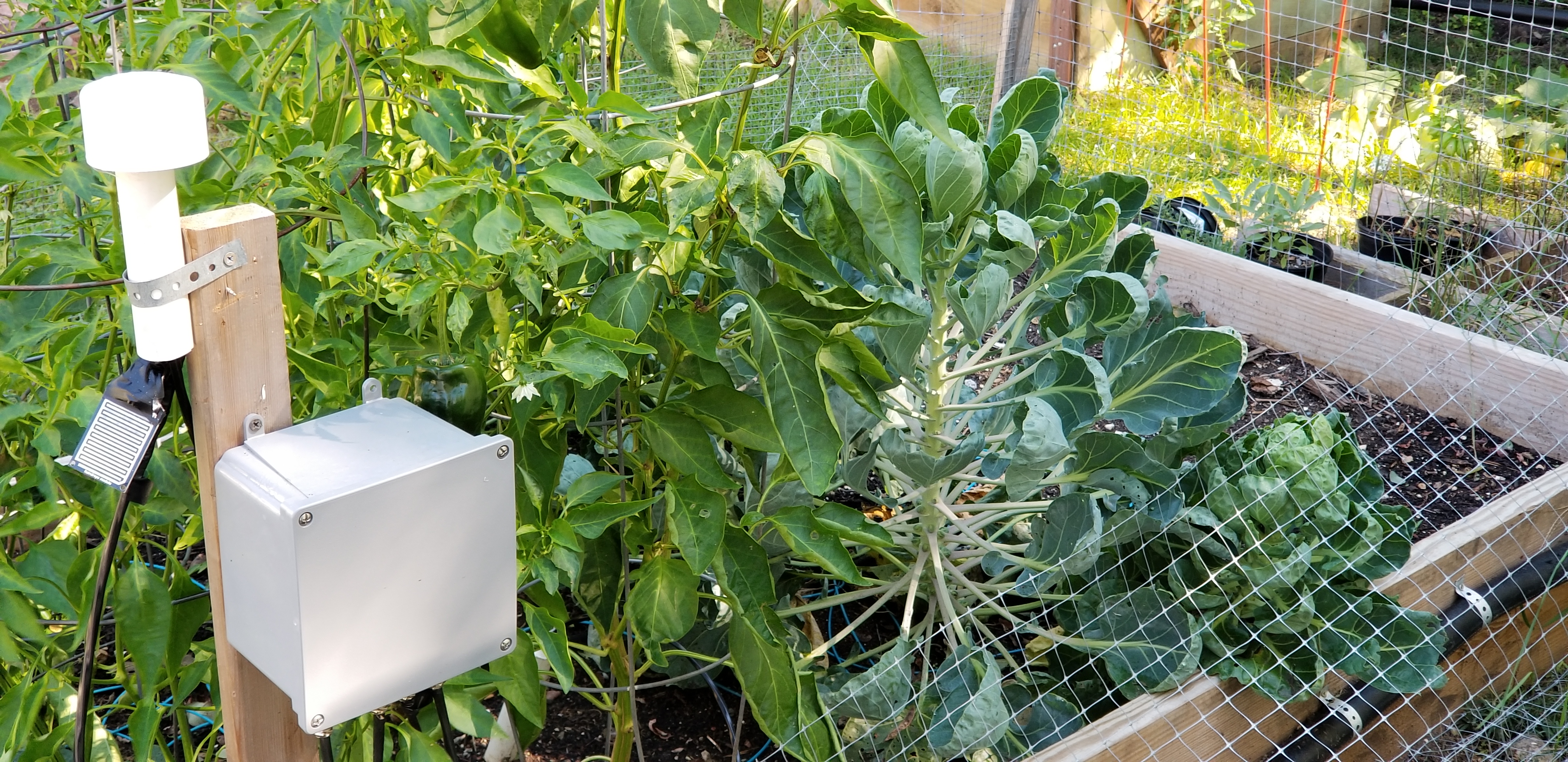energy efficiency
Accelerate EVs by Learning from Energy Efficiency

In the US about 30% of all emissions come from the transportation sector with about two-thirds of that from personal vehicles. The emissions from an EV vary, based on how clean the electricity charging the EV is. (Union of Concerned Scientists has a great calculator where you can explore this.) In Wisconsin, where we still get 55% of our electricity from coal, an EV emits 37% less carbon that the typical gasoline vehicle. The emissions reduction is even better in states with cleaner electricity.
Transitioning from gas vehicles to EVs will help us reduce our emissions. The faster the transition the better.
EVs have other advantages: gas costs at least 2X as much per mile as electricity as a fuel, even at today’s cheap gas prices. EVs have fewer moving parts so maintenance costs are lower—another savings for consumers. Plus EVs are clean, safe, quiet and responsive—all of which makes driving fun again.
Sounds great, doesn’t it? Surely all that means consumers are lining up to buy these vehicles, right?
Well, not exactly.
Creating a Roadmap for Transforming Transportation
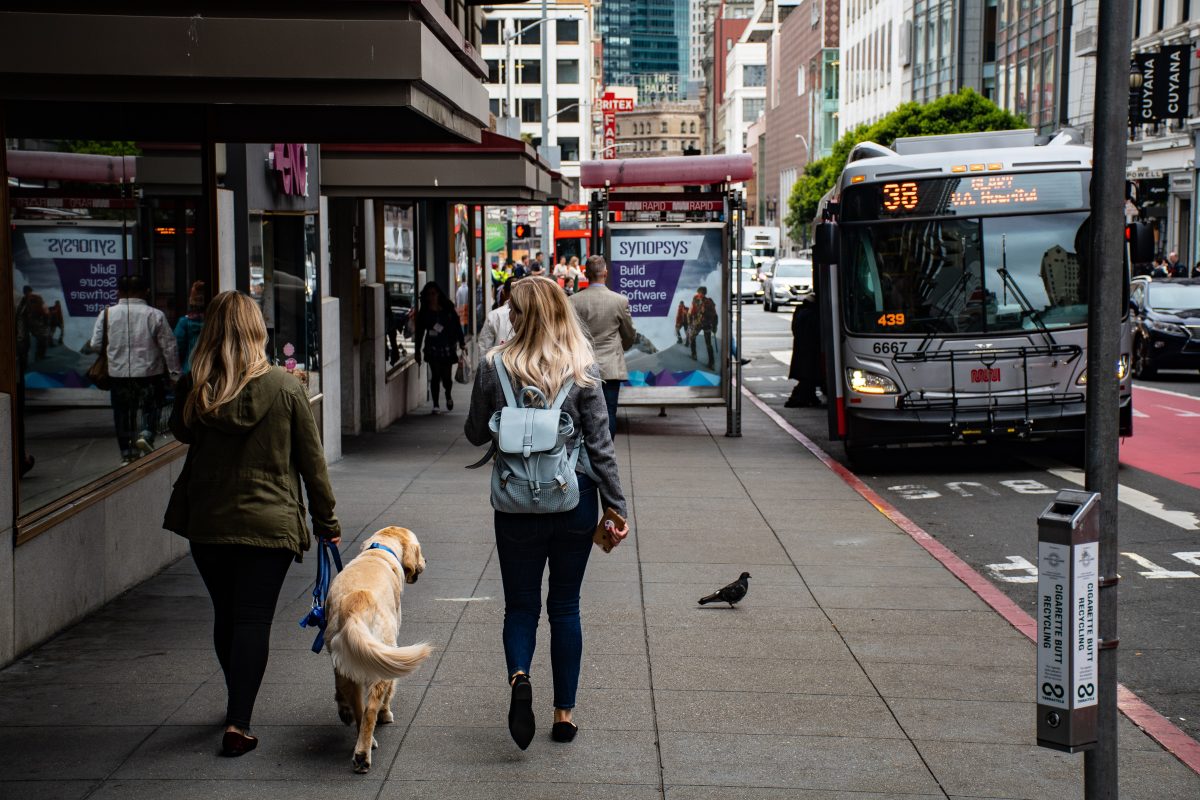
Transportation represented 28% of US greenhouse gas emissions in 2016. Reducing transportation emissions is critical to tackling climate change. Yet inspiring more people to adopt walking, biking, and public transit, as well as electrifying cars and trucks, is a major hurdle. How can we reduce transportation emissions quickly, and what have we learned from the successes of other energy-saving initiatives?
Read moreHigh-Tech Gardens
It’s Time for Culture Change

Achieving aggressive sustainability goals requires more than a strategy; sustainability leaders need to facilitate a culture change so that sustainable practices are part of a new normal.
Making Cool Choices in Northeast Wisconsin
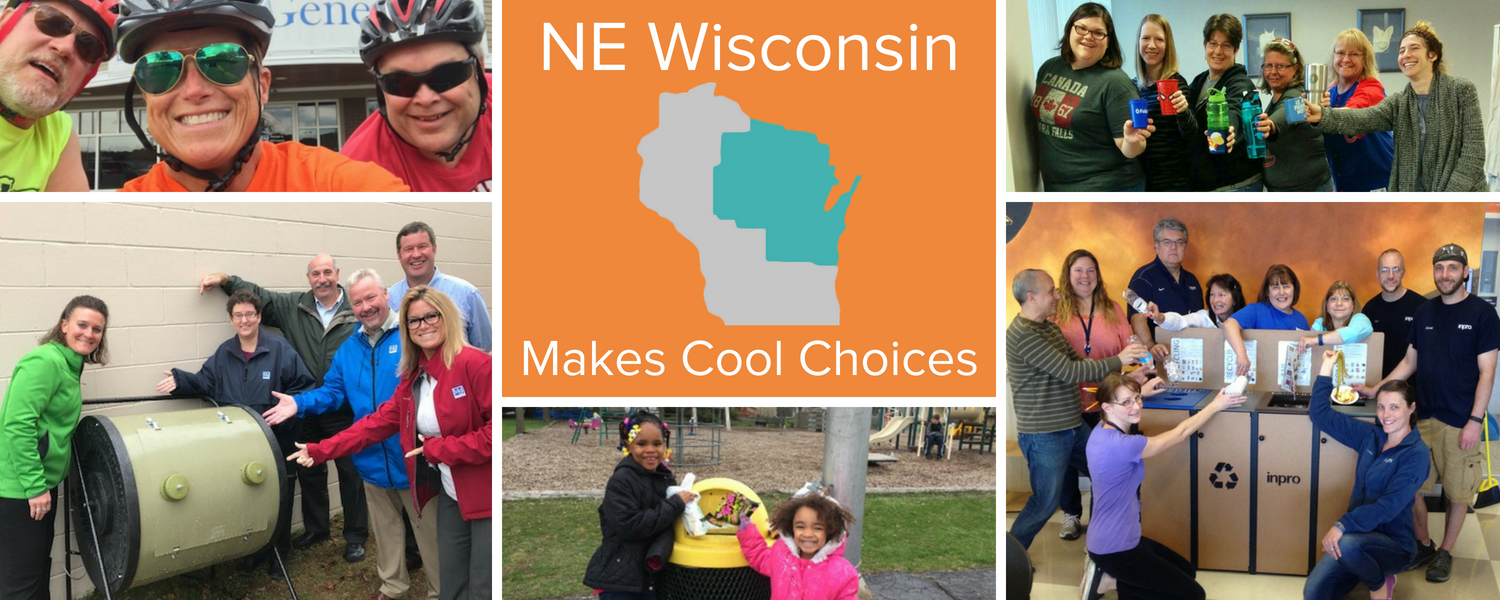
Some ideas are so good that they merit replication.
Last year Cool Choices did a community-scale sustainability program in Waukesha County, in partnership with the county’s workforce development team and local chambers of commerce. Sustainability leaders in the Fox Valley heard about the program and reached out to ask if we could replicate the program in their region.
Sustainable Communities: Inspiring Local Changes to Address Global Challenges

Communities across the U.S. and around the world are making big commitments to clean energy and environmental sustainability more broadly. According to a 2018 report from the CDP, more than 100 cities get most of their electricity from renewable energy sources—up from just 42 in 2015. Plus, a growing number of communities ranging from London, England to Norman, Oklahoma and Eau Claire, Wisconsin are making commitments to clean energy and carbon neutrality.
Behavioral Insights on Increasing Electric Vehicle Usage
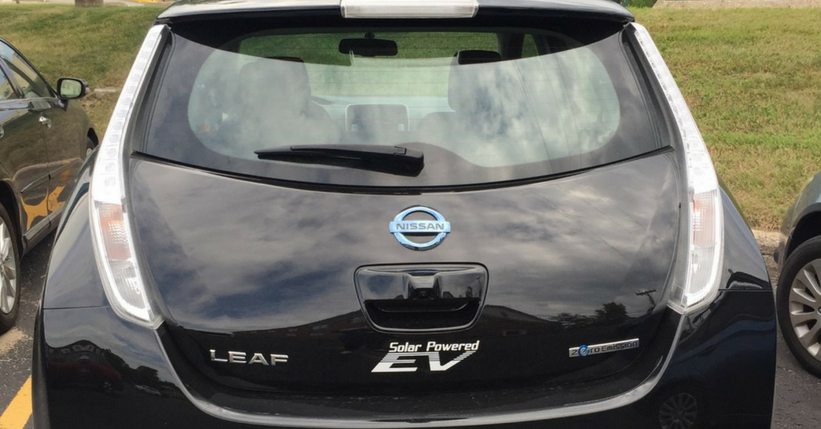
Globally we’re in the midst of an exciting transition to electric vehicles and there are signs of the change everywhere you look with cities, states and utilities all helping to promote this transition.
Energy Efficiency: Choosing the Best Light Bulb

When it comes to choosing a light bulb, there are lots of options—but what’s the most energy efficient choice? Not all bulbs are created equal.
Inspired to Keep Standing Up for Sustainability
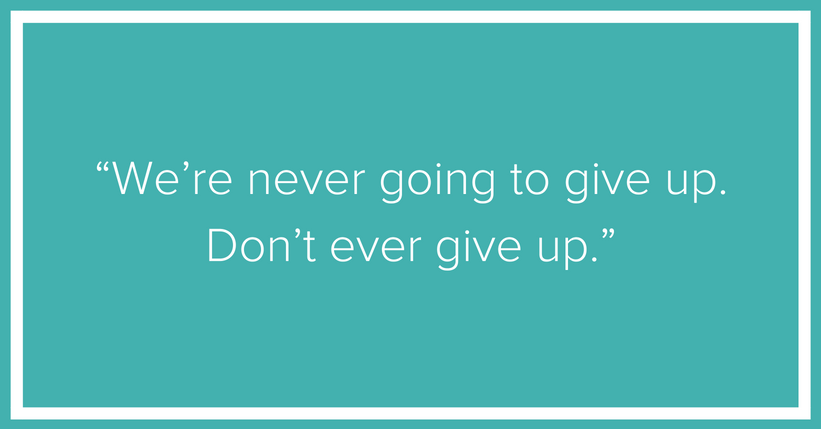
Advocating for sustainability is difficult work. Sometimes it feels a little hopeless—we see the headlines about shrinking glaciers and rising temperatures alongside stories about short-sighted politicians. Or our efforts to implement a new sustainability practice lack traction and we feel that nobody else cares about these issues. Frustrated and discouraged, we might start to ask ourselves if our efforts are in vain, if it’s even possible to make change happen.

